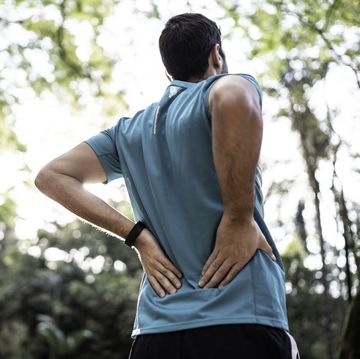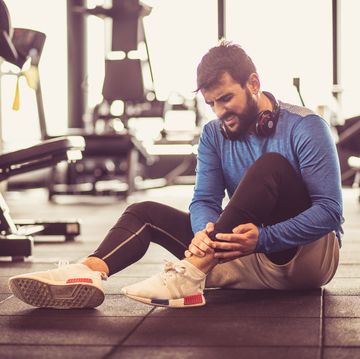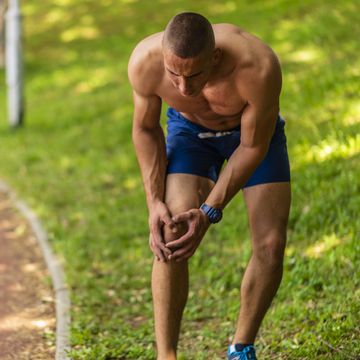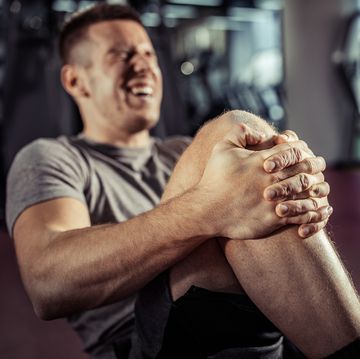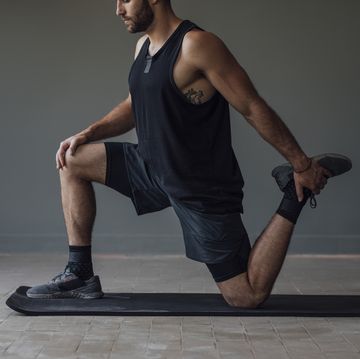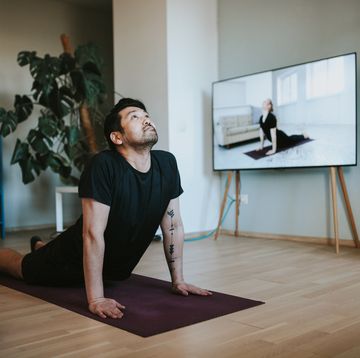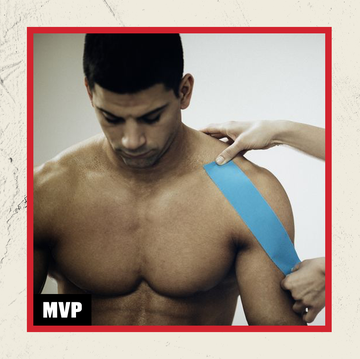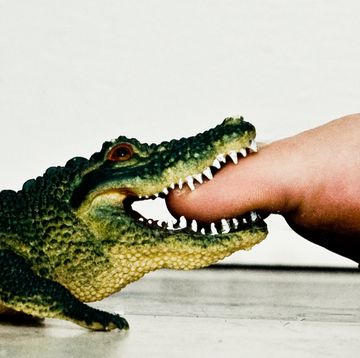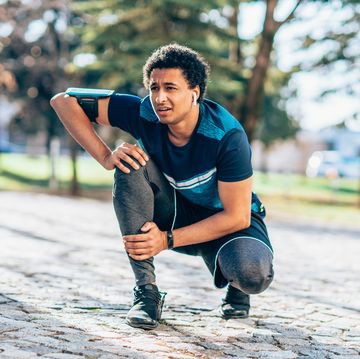Your Personal PT, Rachel Tavel, is a Doctor of Physical Therapy (D.P.T.) and Certified Strength and Conditioning Specialist (C..S.C.S) at Shift Wellness in NYC, so she knows how to get your body back on track when it's out of line. In this weekly series, she gives you tips on how to feel better, get stronger, and train smarter.
Elbow pain can be annoying. When a sharp, nagging pain develops at the outer elbow, you’re going to want to know what’s up and what you can do about it.
Tennis elbow, also known as lateral epicondylitis, is a common condition that refers to pain at the outer elbow. It is an overuse injury that occurs after repeatedly loading the wrist extensor muscle group leading to micro-tears and pain at the tendons that connect the muscle to the bone.
That attachment point, in this case, is a bony prominence at the end of the humerus bone called “the lateral epicondyle.”
The condition earned its name after many tennis players experienced similar pain from repeatedly holding and swinging a tennis racquet—but you don’t have to be a racquet sport aficionado to experience the discomfort of lateral epicondylitis.
It can affect anyone that repeatedly loads the forearm extensor muscles. In fact, tennis elbow tends to be more common in non-athletes than athletes, such as construction workers or butchers who are repeatedly using vibrating power tools or heavy equipment that requires them to perform repeated resisted movements that, over time, strain and damage the tissue. Even simple computer work can lead to this type of pain.
Tennis elbow is an overuse condition that usually develops over time. Pain may be accompanied by wrist or grip weakness. In most cases, it can be treated with activity modification first, followed by physical therapy. In rare, extreme cases, injections or surgery may be sought for relief.
To treat tennis elbow, you’re going to want to temporarily stop any aggravating activities such as tennis, squash, hammering or heavy lifting to reduce the load on the affected tissues.
Your Move:
- Pain relief.
Counterforce braces are available to help with immediate pain relief. They work to reduce the tensile load on the muscle tendons and reduce stress on the damaged tissue. They can be worn like a brace and are a great way to get some immediate relief if symptoms affect your tolerance of simple daily activities.
Ice massage to the painful spot can also help provide temporary pain relief.
- Stretch.
When pain is down and gentle stretching is tolerable, begin with the elbow bent to perform wrist extensor stretch. As the stretch becomes more tolerable, slowly extend the elbow to stretch the forearm muscles until the elbow is eventually straight. Stretching should not reproduce sharp pain and should be held 30 to 60 seconds a few times a day.
- Strengthen.
Begin with isometric strengthening, then progress to eccentric loading when pain is minimal. To do eccentric wrist extension curls, begin seated with your forearm resting over a table or prop so that you’re comfortable. Use a small dumbbell (2 to 5 pounds) to perform slow, controlled eccentric wrist curls. To do this: Use the unaffected arm to hold the weight while the affected arm is propped and stabilized at a 90-degree angle. Extend the wrist so that the hand goes upwards (beginning with palm face down). Pass the weight to the affected side, and slowly lower the hand to the floor. Take the weight out with the unaffected hand and repeat this for 3 sets of 10. Gradually increase weight, as long as these are pain-free.
- Posture and positioning.
While the pain may be isolated to the elbow, there is often weakness at another joint such as the shoulder or scapulae. Weakness in the larger muscle groups can lead to overuse of the smaller muscles. Everyone is different. Treatment may require a full assessment by a physical therapist to look at your form and overall strength in order to identify the true reason for your pain, and how to avoid it in the future.


